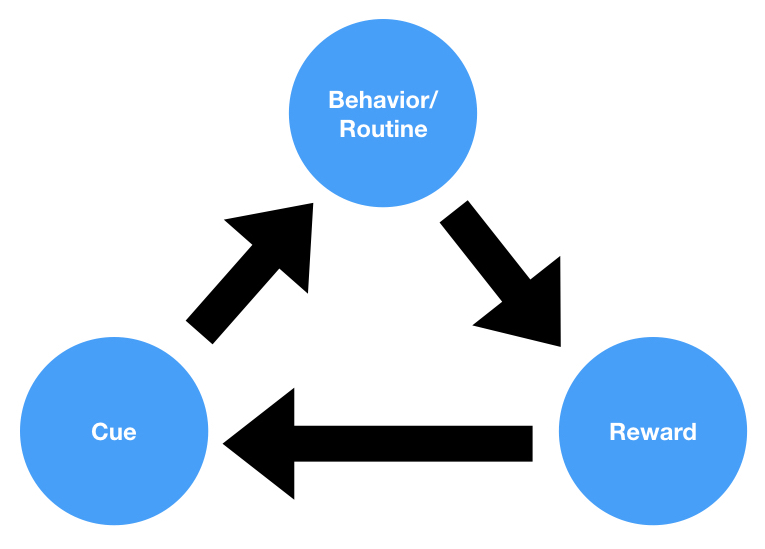What is Transcranial Electrical Stimulation (tES)?
Transcranial electrical stimulation (tES) is a non-invasive technique that uses weak electrical currents to modulate neural activity in specific brain regions. It encompasses several different methods, such as transcranial direct current stimulation (tDCS), transcranial alternating current stimulation (tACS), and transcranial random noise stimulation (tRNS). tES has been increasingly employed in neuroscience research and clinical applications, particularly for investigating cognitive processes and treating neurological and psychiatric disorders.
Principles and Methodology
-
Direct and Alternating Currents
tES methods can be broadly divided into those using direct currents (tDCS) and those using alternating or random currents (tACS and tRNS). tDCS involves the application of a constant, low-intensity direct current to the scalp, while tACS and tRNS use oscillating currents at specific frequencies or random frequency patterns, respectively.
-
Electrode Placement
Electrodes are placed on the scalp to deliver the electrical current to the targeted brain region. The placement and configuration of the electrodes determine the current’s path and the extent of neural modulation. The most common electrode arrangement in tES involves a pair of electrodes, one serving as the anode (positive) and the other as the cathode (negative).
-
Neuronal Excitation and Inhibition
The effects of tES on neuronal activity depend on the stimulation parameters, such as current intensity, duration, and frequency. In general, anodal stimulation tends to increase neuronal excitability, while cathodal stimulation typically decreases excitability. The effects of tACS and tRNS on neuronal activity can be more complex, depending on the frequency and pattern of stimulation.
Applications
-
Research
tES is used in neuroscience research to investigate the neural mechanisms underlying various cognitive processes, such as perception, attention, learning, and memory. By modulating neural activity, researchers can study the functional contributions of specific brain regions to these processes and uncover the causal relationships between neural activity and behavior.
-
Clinical Treatments
tES has shown promise in treating a range of neurological and psychiatric disorders, including major depressive disorder, chronic pain, and stroke rehabilitation. It offers a potential alternative to pharmacological treatments, particularly for patients who do not respond to conventional therapies or experience adverse side effects.
-
Cognitive Enhancement
tES has been explored for its potential to enhance cognitive performance in healthy individuals. Studies have reported improvements in various cognitive domains, such as working memory, attention, and creativity, following tES. However, more research is needed to determine the long-term effects and ethical implications of using tES for cognitive enhancement.
Summary
Transcranial electrical stimulation is a non-invasive technique that uses weak electrical currents to modulate neural activity in the brain. With several different methods, including tDCS, tACS, and tRNS, tES has been employed in neuroscience research, clinical treatments, and cognitive enhancement. Its ability to modulate neural activity offers valuable insights into brain function and potential therapeutic applications for various neurological and psychiatric conditions.




